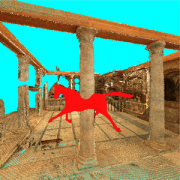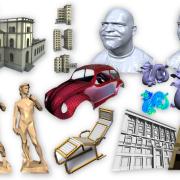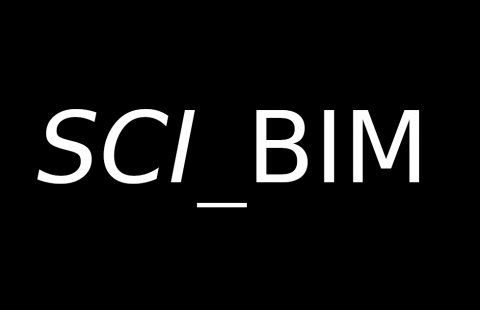Building stocks and infrastructures are the largest material stock of industrial economies. These total material stocks on the global scale are about as large as reserves of primary resources in nature. It is of long-term importance to maintain or frequently recycle these urban stocks, and in consequence to minimize the use of primary resources and thus the dependency on imports – a strategy labelled as “Urban Mining”. Simultaneously, buildings consume worldwide 40% of energy and produce about 30% of global CO2 emissions. With a construction rate of only 2%, building stocks are crucial for minimization of energy consumption. Due to worldwide rapidly increasing consumption of resources and land, as well as growing generation of waste, increasing of recycling rates and reuse of materials, next to reduction of energy consumption is of highest priority for achievement of sustainability.
The aim of this project is increasing of resources and energy efficiency using gamification concept, through coupling of technologies and methods for capturing and modelling (as-built BIM) of buildings and assets (geometry and material composition). Using a real case (TU Wien, Aspanggründe) the Integrated Data Capturing and Modelling Methods will be tested and evaluated in terms of costs and benefits. Thereby for capturing of geometry we will use laser scanning and photogrammetry, and for capturing of material composition Ground Penetrating Radar (GPR). Finally, a Proof of Concept for the suitability of GPR for material capturing and modelling via semi-automatic Scan to BIM process for generation of information-rich as-built BIM from a Point-Cloud will be compiled, which would enable efficient generation of models for Material Passports or BEM - Building Energy Modelling.
Within this project we will develop the innovative gamification concept, where through user participation (users take photo via smartphone, which is uploaded in the photogrammetric as-built BIM within the gamification platform) the structural changes and user behavior (such as open windows or lighting) can be assessed. Through implementation of user data, the as-built BIM is updated. On the one hand, the structural changes will be captured (static data) and on the other, the user behavior model for operational building automation (dynamic) will be compiled.
Through compilation of Proof of Concept for GPR a research gap will be closed – the capturing and modelling of geometry is already well explored, however the methods and tools for capturing and modelling of material composition of buildings are largely lacking. As significant innovative contribution of this project the semi-automated recognition of BIM-Objects from the Point-Cloud, as well as the use of gamification for reduction of energy consumption together with automated update of as built-BIM4FM can be identified. Thereby the automated generation of material passport at the end of the lifecycle will be enabled, thus delivering useful information for the material cadaster as well as for the assessment of the material value of a building.
Funding
- FFG 867314
Research Areas
- Uses concepts from applied mathematics and computer science to design efficient algorithms for the reconstruction, analysis, manipulation, simulation and transmission of complex 3D models. Example applications are collision detection, reconstruction, compression, occlusion-aware surface handling and improved sampling conditions.
- In this area, we focus on researching methods and algorithms that facilitate creation, representation, analysis and processing of 3D models.


